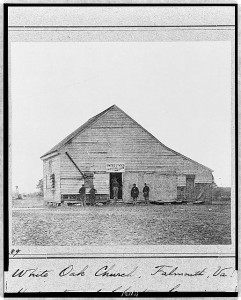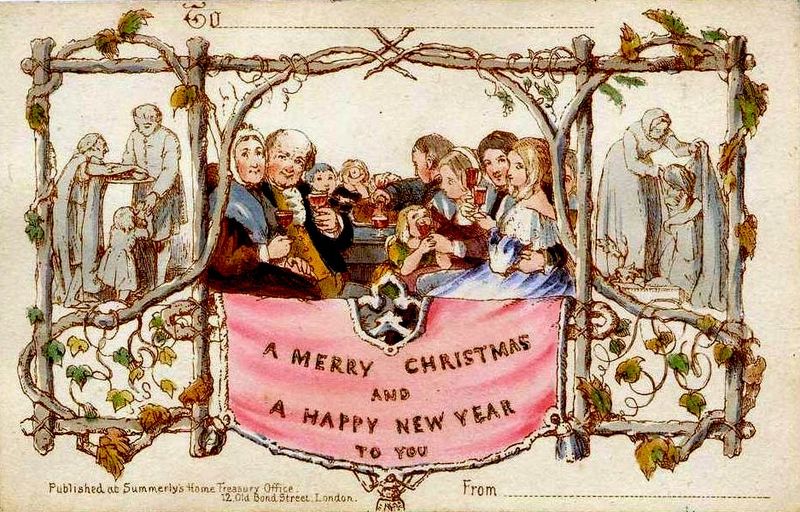From a Seneca County, New York newspaper in January 1863:
The 33d Regiment.
A correspondent of the Rochester Union in the 33d regiment, thus writes of a pleasant affair which occurred at Col. TAYLOR’s head quarters on Christmas day:
Col. R. F. Taylor very generously gave a hansome dinner to his staff and line officers, which was one of the most pleasant occasions we have met in camp. Though attended with many inconveniences, being camped in the woods and far from market, yet he spared no pains to make the occasion agreeable and inviting. The table, neatly spread beneath a large fine tent in the midst of a beautiful pine grove, was abundantly supplied with beef, potatoes, bread, butter, pie, cake, turkey, chicken, &c. In fine health and still finer spirits, the officers gathered around this festive board, forgetting the sober realities of war, heartily engaged in the merits of a Christmas dinner as in times of peace in days gone by.
The occasion was marked by a civil, dignified and gentlemanly deportment which in every respect became officers of their rank.
After the battle of Fredericksburg, the 33rd, as part of the XI Corps, recrossed the Rappahannock with the rest of the Army of the Potomac on the night of December 15th. According to The story of the Thirty-third N.Y.S. vols.; or, two years campaigning in Virginia and Maryland (by David W. Judd (page 256)):
You can read about White Oak Church at The Historical
Marker Database:
With the arrival of the Army of the Potomac in November 1862, White Oak Church instantly became the center of one of the largest communities in Virginia. For seven months, 20,000 soldiers of the VI Corps camped in the immediate area. During that time the church served alternately as a military hospital, a United States Christian Commission station, and as a photographic studio. Fifty-two soldiers who died during the encampment were buried on the church grounds. Their bodies were later moved to Fredericksburg National Cemetery.
_______________



